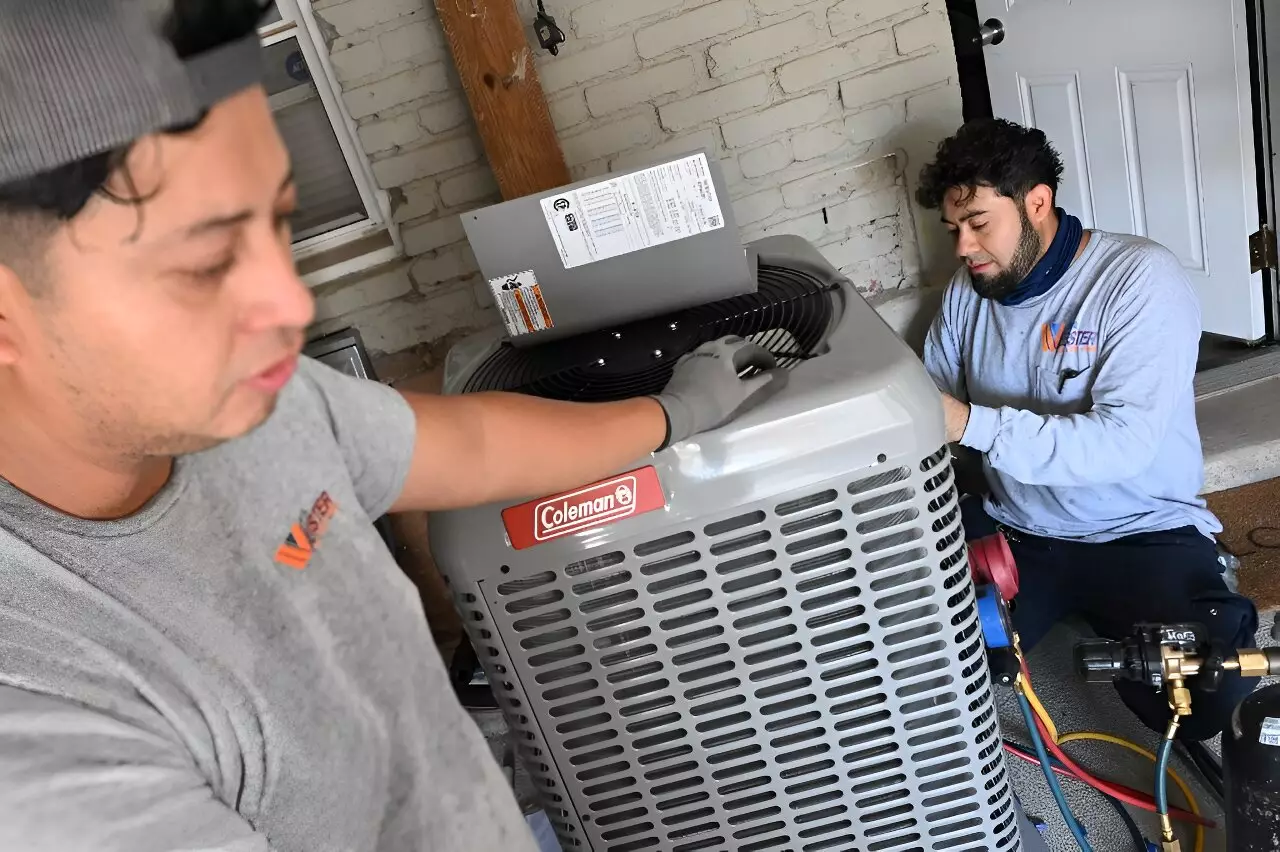As the world moves towards a more sustainable future, the United States is making a multi-billion dollar push towards greater home electrification. While electric cars and solar panels often steal the spotlight, heat pumps are quietly emerging as an energy-efficient solution for both heating and cooling in households across the country. Despite being a common technology in Asia and Europe, the uptake of heat pumps in the United States has been relatively slow. However, with new government incentives and subsidies aimed at encouraging their adoption, the trend is beginning to shift.
Heat pumps offer a cost-effective and environmentally friendly alternative to traditional heating and cooling systems. By replacing both a heater and an air conditioner with a single appliance, heat pumps help to reduce energy consumption and lower carbon emissions. According to the Energy Information Administration (EIA), residences accounted for 18 percent of energy-related US CO2 emissions in 2023. By transitioning towards less gas and greater electrification, these emissions can be significantly reduced.
To encourage the uptake of heat pumps, the Inflation Reduction Act, a landmark climate bill introduced by President Joe Biden in 2022, provides up to $2,000 in tax credits for those installing heat pumps. In addition, thousands of IRA dollars in rebates are being rolled out for low- and middle-income households to help cover the cost of purchasing a heat pump. Individual states are also offering their own incentives to promote electrification.
One homeowner, Su Balasubramanian, shared her experience of transitioning to a fully electrified home through Washington’s Affordable Home Electrification program. She received a heat pump air source, a heat pump hot water heater, an induction stove, and an electrical panel amperage upgrade at no cost, valued at approximately $27,000. Balasubramanian noted that without these incentives, she would not have been able to afford the upgrades on her own.
While the benefits of heat pumps are clear, there are still challenges in raising awareness and convincing homeowners to make the switch. Advocates recommend electrifying one appliance at a time when replacements are needed, rather than attempting a complete overhaul at once. Heat pumps can often be more affordable than traditional gas furnaces or hot water heaters, making them a practical choice for many households.
Full adoption of heat pump air systems in the United States could lead to a significant reduction in national greenhouse gas emissions, with estimates ranging from five to nine percent. While adoption rates vary across states, regions with cheap electricity, low gas infrastructure, and high demand for air conditioning have seen the greatest uptake of heat pumps. Incentives, informed contractors, and training programs are essential for driving further adoption of this technology.
As the United States seeks to transition towards a more sustainable and climate-friendly future, heat pumps are emerging as a key technology in the push for greater home electrification. With government incentives, state programs, and informed contractors, more households are beginning to make the switch to this energy-efficient and environmentally friendly alternative. By embracing heat pumps, homeowners can reduce their energy consumption, lower their carbon footprint, and contribute to a cleaner and greener future for all.


Leave a Reply